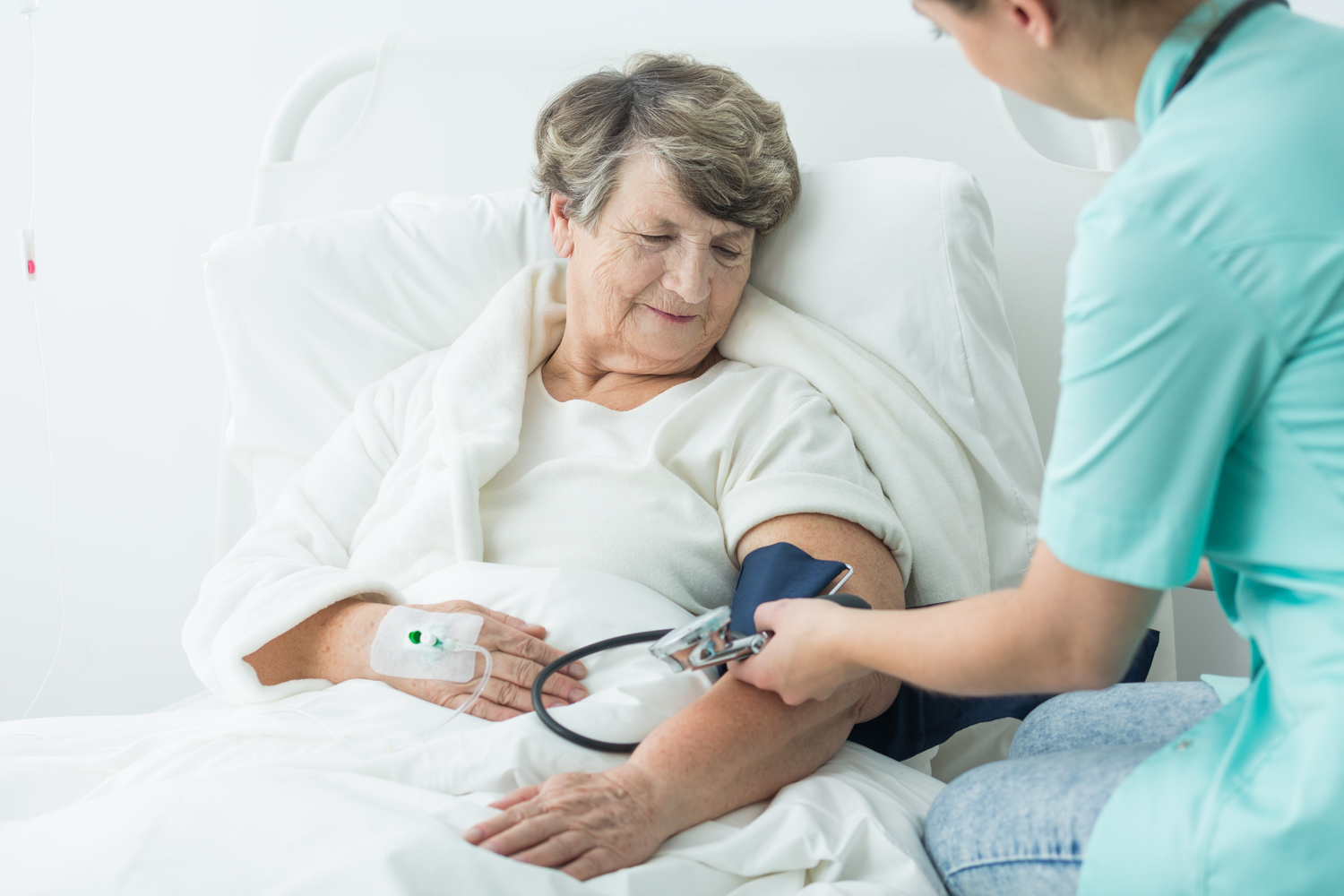
An Overview of the Symptoms and Causes of Pulmonary Arterial Hypertension
Pulmonary arterial hypertension is a form of high blood pressure that occurs rarely. When it comes to the symptoms and causes of pulmonary arterial hypertension, this article will help you understand more about this disease.
Pulmonary arterial hypertension (PAH) is a disease where the arteries in the lungs and the right side of the heart develop high blood pressure. The constriction of the arteries makes it difficult to pump blood causing blood pressure to increase.
The symptoms and causes of pulmonary arterial hypertension need to be known so one can understand more about this disease and get treated when early symptoms develop.
Causes of PAH: An overview
The pulmonary arteries are those that supply blood from the heart to the lungs. These arteries are tiny and if they become blocked, they make the supply of blood difficult. The constriction or blockage of these arteries puts pressure on the heart to pump blood.
This increases the blood pressure within the pulmonary arteries. There could be various reasons why PAH occurs. These include:
- Heart disease that puts pressure on the pulmonary arteries
- Inflammation or lung disease because of which there is low blood oxygen level in the lungs, causing the blood vessels to constrict
- Blockage of the blood vessels due to a parasitic infection (schistosomiasis)
- Other conditions like a liver transplant can cause constriction of the pulmonary arteries
Based on the specific causes of PAH, which depend on the disease or cause of the artery blockage, there are five groups of PAH classified as Group I to V. Based on the diagnosis carried out, the doctor would identify the cause and classify the condition under one of these groups.
Overview of symptoms
When PAH develops, there are early signs like shortness of breath and fatigue. This may be accompanied by a feeling of lethargy and even dizziness. When not treated at this stage, the disease advances and more symptoms develop.
- Normal activities like climbing stairs, taking a walk, or playing a sport can be difficult and lead to shortness of breath.
- The shortage of oxygen in the arteries causes fatigue very quickly. It can lead to dizziness and even losing consciousness.
- Edema or swelling in the legs can occur because of fluid retention, which takes place due to problems with the kidneys.
- As the conditions worsen, the lips can become blue.
- Heartbeat rate starts varying, manifesting as palpitations in the heart or a fast pulse.
- As the blood pressure increases, the heart is strained, and this can lead to chest pain.
It must be noted that there are no standard set of symptoms for PAH. It can manifest as one set of symptoms in a person, while these symptoms may be absent in another.


